For sure you’ve heard about
Chernobyl and you have almost definitely seen the brilliant TV
Show on HBO. But how much do you really know about the Chernobyl exclusion
zone? Yes it’s dangerous if you stay for a long time, but did you know any of
the facts below ?
1. You need permission to visit
Believe it or not you cannot
just rock up at Chernobyl and look around, in fact it is still nearly
impossible to visit without an official guide. Strict military checkpoints are
still present at the 30km and 10km zones and at the entrance to the nearest
town to Chernobyl, Pripyat. To gain entrance you have to submit your name and
your passport to the controlling authorities a week or so before you wish to
visit, this is then checked at each checkpoint you pass. In the past many local
people slipped past security and ransacked Pripyat and the surrounding areas,
this caused the Ukranian government to tighten up security and stop the illegal
intruders.

2. The exclusion zone is
much more than Chernobyl
Its true, Chernobyl is indeed
the largest town in the exclusion zone, in fact as far back in history as the
12th century Chernobyl was a vibrant jewish town. At the time of the Chernobyl
disaster the population had grown to a figure of around 14,000 people because
of the nuclear industry.
Priyat attracts the most
visitors today, formed in 1970 it is said to be a model of communist city life.
Many young people lived there, in fact the average age of people there was 26.
Now deserted, Pripyat offers great sights of a movie theatre, a discotheque, a
sports field and of course the most famous amusement park.
Smaller towns in the exclusion zone have become cut of as the roads leading to them have wasted away over time.

3. Many people work in the exclusion zone
Would you believe around 5000
people still work in the exclusion zone? Guards and people working on the new
sarcophagus are the main areas of work, but fireman and service staff are also
there. There is a strict rotation pattern of 15 days in the zone, followed by
15 days out of the zone for safety. All staff stay in concrete dormitories next
to a hotel which helps manage radiation levels they are exposed too.

4. People still
live there
Some 180 older residents still
live in the exclusion zone. They returned to their villages despite many
warnings from the Ukranian government. The government now has allowed these
people to remain in their homes and die in peace.

5. There is a hotel
A ‘Soviet Style’ hotel does
exist in the exclusion zone! Apparently visitors are treated to iron starched
linen with Chernobyl branding on them! There is Wi-Fi, which will allow you to
share your photos whilst staying at the hotel. Of course this hotel is the only
place you can stay, and like the other workers of Chernobyl staff at the hotel are
on a strict 15 day shift rotation.

6. Tourism is booming
Maybe thanks to the TV Show tourism
to the exclusion zone is growing by the week. At the start only scientists and
reporters were allowed to visit, but in recent years tour companies have
organised brief, controlled visits. This year the exclusion zone expects more
than 10,000 visitors.

7. Radiation is closely monitored for everyone in the
exclusion zone
Every single person who enters
the exclusion zone must pass through a radiation screening section at each
checkpoint. If levels are too high for a person clothes and shoes are washed or
discarded. You also cannot take anything out of Chernobyl, it is strictly
forbidden.

8. The reactors are not the only attraction
One of the most attractive sights in the exclusion zone believe it or not isn’t the reactors! Southeast of the reactors is a radar station called Duga-3, once top secret, the massive antenna and aerial construction was pointed towards the USA. It purpose was to listen for incoming missiles and planes. Marked on all maps as a children’s summer camp, locals were told it was a radio tower.
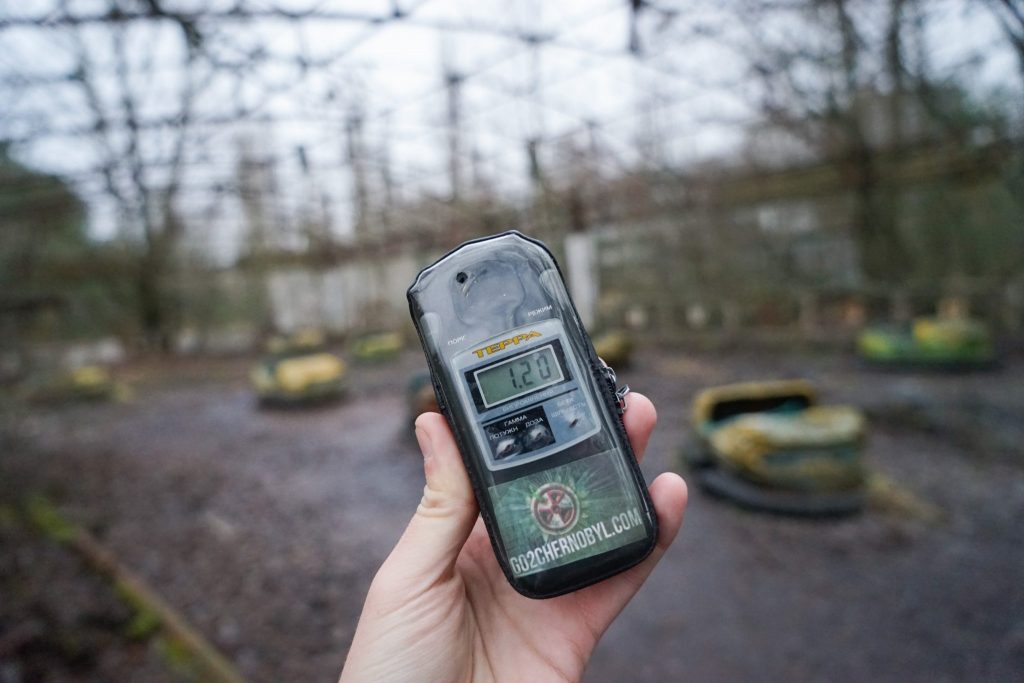



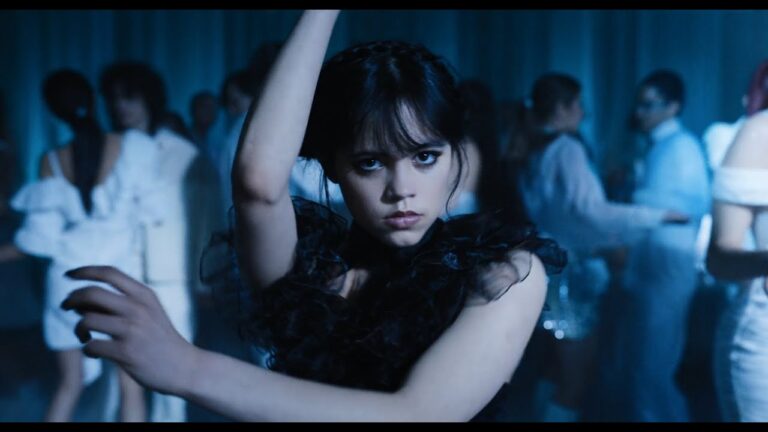

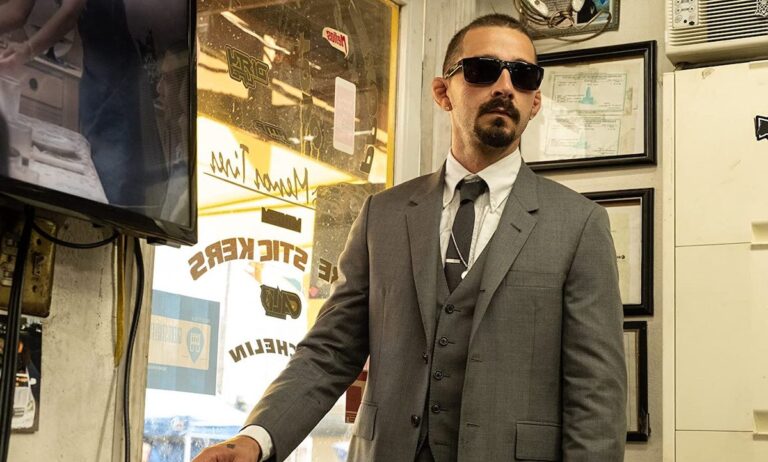
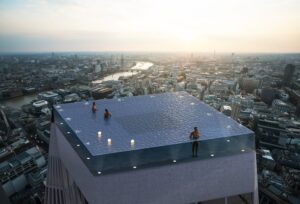



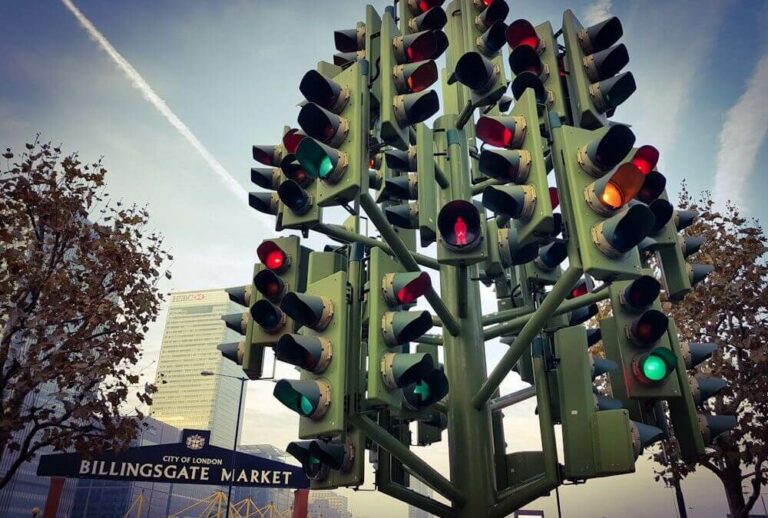


+ There are no comments
Add yours